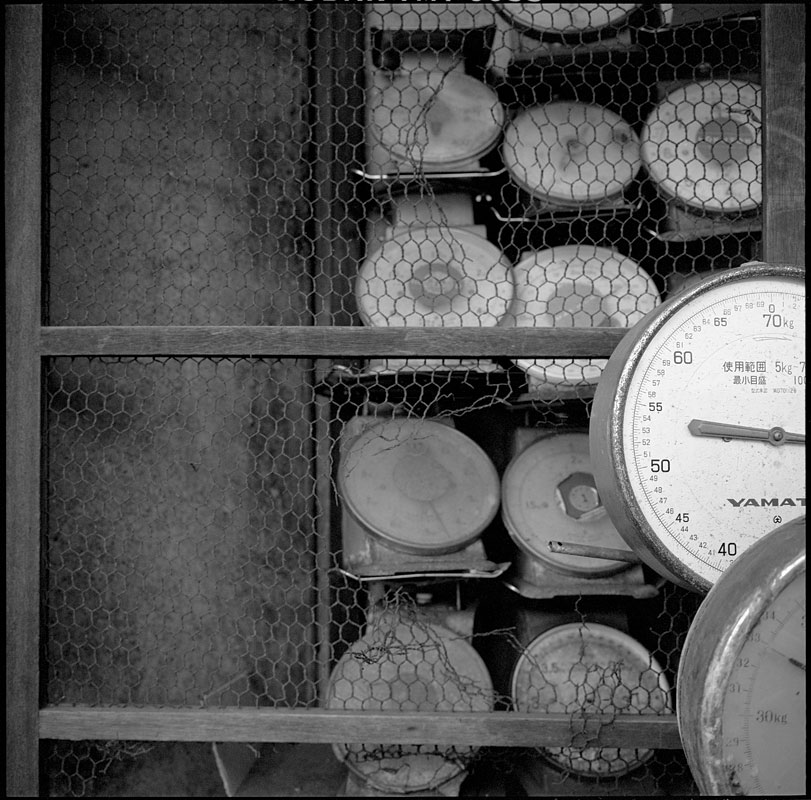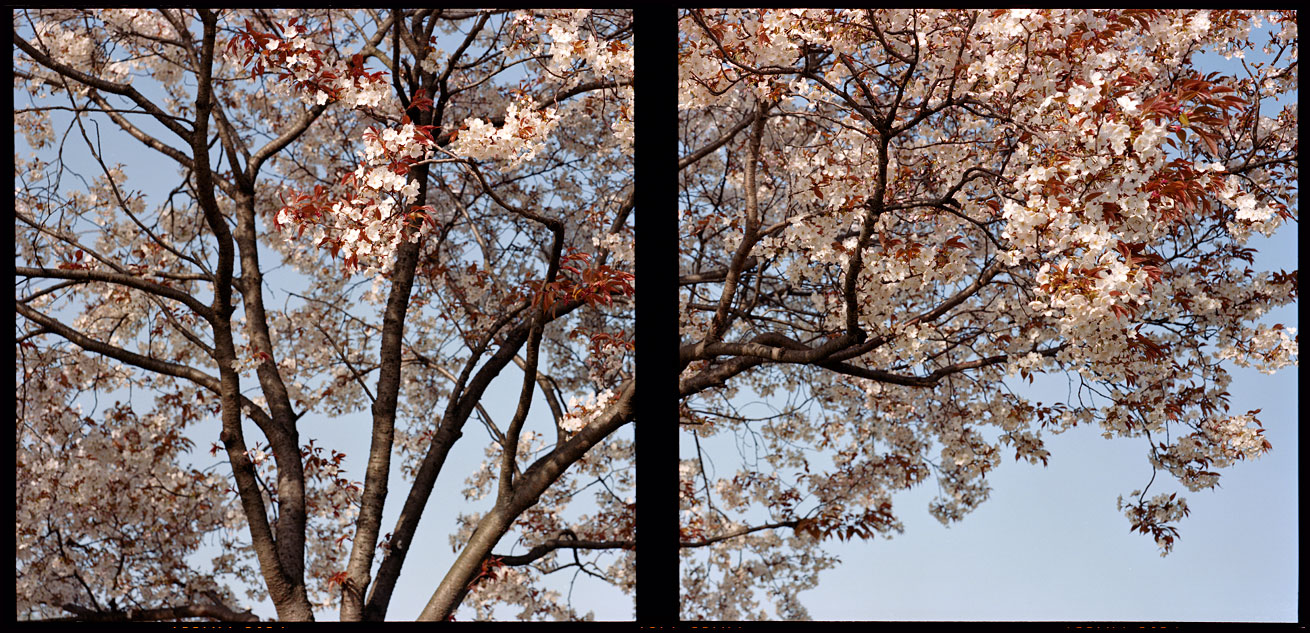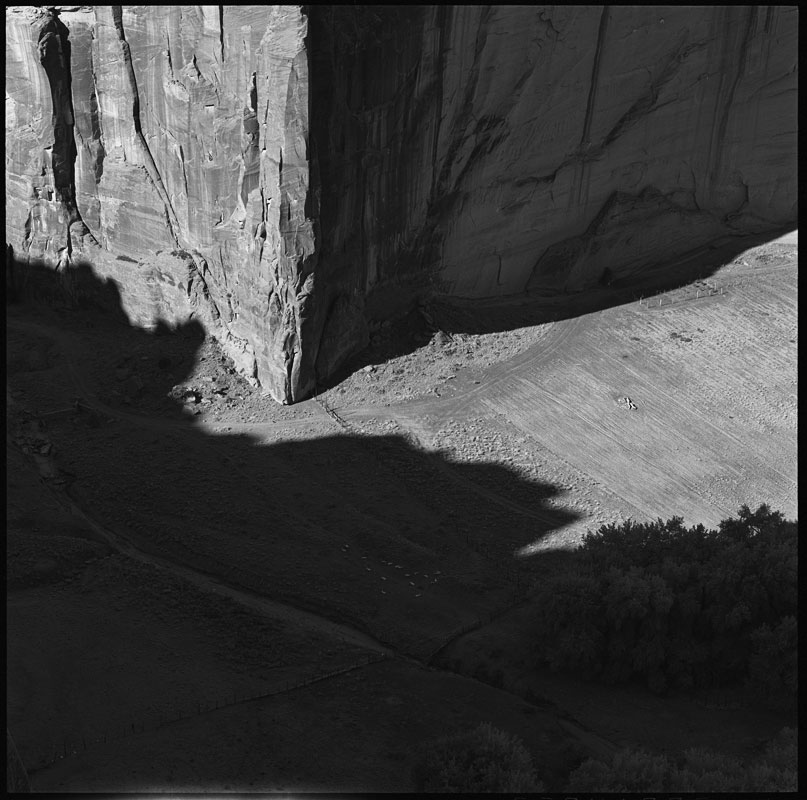 Photo: Mamiya 6 and 75mm f/3.5 lens
Photo: Mamiya 6 and 75mm f/3.5 lens
The original meaning of full frame in photography refers to the uncropped image a camera produces, regardless of format.¹ It is a central idea in straight photography, where the image is defined by the camera format and the printing of that image is a technical process of simply rendering it: there is no “reframing” later by cropping in the darkroom. Photographers went so far as to file out the aperture of their negative carriers so, when the image was printed, a black line would appear around that image, indicating the entire image area was used (and no possibility of cheating).
This strict practice forces the photographer to optimize the composition the moment the image is made: any mistake and the image is simply discarded. There is no ideal frame per se, only an effective solution. It might be considered the ultimate puzzle of fitting the world into a box, both in space and time, with no one solution.
 Photo: Wista VX, 210mm lens, and 6×6 roll film back. Lens shifted between consecutive exposures and film scanned as one image.
Photo: Wista VX, 210mm lens, and 6×6 roll film back. Lens shifted between consecutive exposures and film scanned as one image.
This method of composing the final image in the camera is an important photographic discipline and one that had the greatest impact on the quality of my work. Over time, I noticed a shift in my perception from a seeing the frame as a container for a subject to seeing the frame as the subject itself. The frame creates a new order by extracting a specific section from the totality of the world in front of the photographer: fixing a subset of relationships from the total number of possible relationships that are present. These relationships can be based on multiple variables: space, time, light, color, form, and context.
Why a particular framing is more successful than another is a mystery. Part of that can be anticipated in a formal or conceptual approach, but I have found a successful image has something more than what can be conceived or described intellectually or sentimentally. I think a great image offers something to the viewer’s subconscious cognitive processes that, for want of a better description, surprises or delights. It does not have to be profound, if an image can actually be profound. It has nothing to do with “truth,” a lazy and overused word. For me, this mystery keeps me engaged in the craft, keeps me looking for solutions to that puzzle.
- Today, the term full frame denotes camera with a sensor with the dimensions of a 35mm film frame: 24mm x 36mm.

